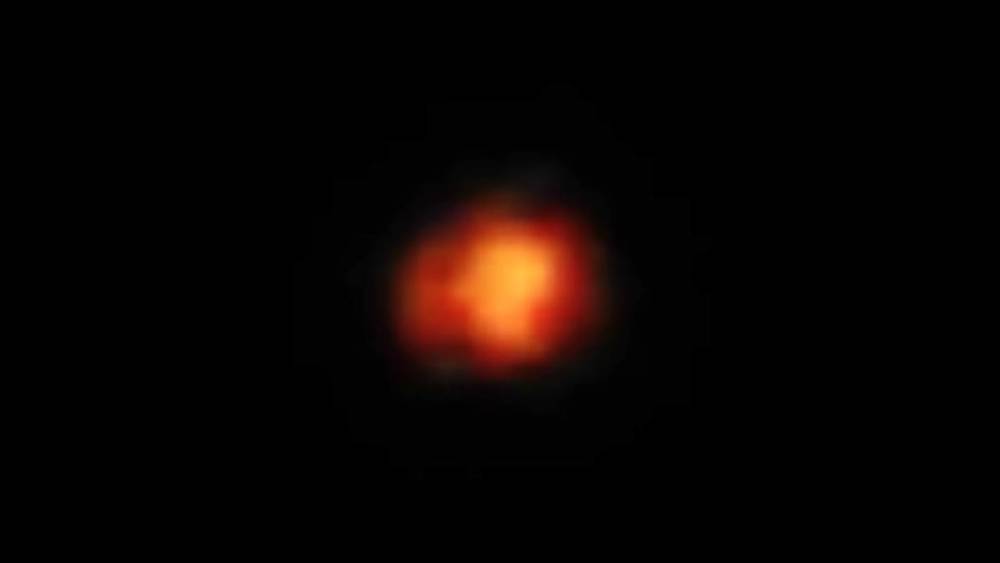The James Webb observes the first galaxies in the universe and discovers and “impostor”
An international study, carried out by the James Webb Space Telescope (JWST) in which the Instituto de Astrofísica de Canarias (IAC) has participated, shows that the universe could produce extremely luminous galaxies at very early epochs, when it was only some 3% of its present age. This result implies that these galaxies formed stars before, and more quickly than predicted by current theoretical models. The study also reveals an unusual galaxy that “imitates” the emission from a very distant galaxy. The results are published in the journal Nature.

During the first months of scientific activity of the JWST in 2022 the science team of the programme Cosmic Evolution Early Release Science (CEERS), which mapped a very deep field using several instruments of this space telescope, discovered a surprisingly large number of galaxies in the very distant universe. Among them they found some of the oldest galaxies ever observed, which must have formed when the universe was less than 500 million years old. In fact one of them, named CEERS-93316, seemed to be even further away, and brighter, which would have set a new record for the earliest galaxy ever observed. (…) Read more in the original article: IAC
🇵🇹 Versão portuguesa disponível aqui


Leave a Reply